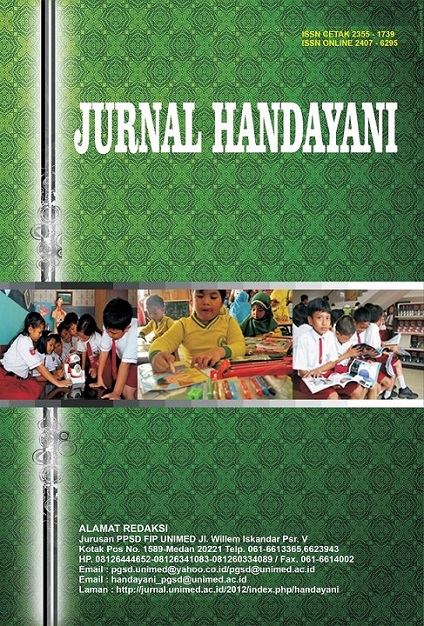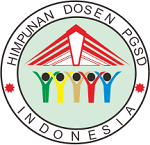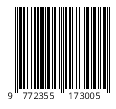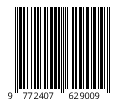MENINGKATKAN HASIL BELAJAR PKN MELALUI MODEL COOPERATIVE LEARNING TIPE NHT DENGAN MEDIA CD PEMBELAJARAN PADA SISWA KELAS XI SMA NEGERI 1 PANYABUNGAN
DOI:
https://doi.org/10.24114/jh.v9i2.12036Abstract
Abstract: Improving Civics Learning Outcomes Through CooperativeLearning Models NHT Type With Learning CD Media In Class XI Students ofPanyabungan 1 High School. This research aims to find out: (a) how far theunderstanding and mastery of Civics subjects are after the NHT CooperativeLearning model is used with media Learning CD. (b) To reveal the influence ofCooperative Learning models of NHT type with Learning CD media on student PKnlearning outcomes. This study uses action research as many as three rounds. Eachround consists of four stages, namely: design, activity and observation, reflection,and refining. The target of this study is the Class XI students of Panyabungan 1Public High School. Data obtained in the form of formative test results, observationsheets of teaching and learning activities. From the results of the analyst, it wasfound that the first cycle of students was 70.53, students who completed as many as5 of 34 students with 15% classical completeness. Cycle II average students 82.5students completed 22 out of 34 students with 65% classical completeness. AndCycle III average students 84.1, students complete 30 out of 34 students with 88%classical completeness.Keywords : Civics Learning, Cooperative Learning, NHTAbstrak : Meningkatkan Hasil Belajar PKn Melalui Model CooperativeLearning Tipe NHT Dengan Media CD Pembelajaran Pada Siswa Kelas XI SMA Negeri 1 Panyabungan. Penelitian ini bertujun untuk mengetahui : (a)seberapa jauh pemahaman dan penguasaan mata pelajaran PKn setelahditerapkannya model Cooperative Learning tipe NHT dengan media CDPembelajaran. (b) Untuk mengungkap pengaruh model Cooperative Learning tipeNHT dengan media CD Pembelajaran terhadap hasil belajar PKn siswa. Penelitianini menggunakan penelitian tindakan (action research) sebanyak tiga putaran. Setiapputaran terdiri dari empat tahap yaitu: rancangan, kegiatan dan pengamatan, refleksi,dan refisi. Sasaran penelitian ini adalah siswa Kelas XI SMA Negeri 1Panyabungan. Data yang diperoleh berupa hasil tes formatif, lembar observasikegiatan belajar mengajar. Dari hasil analis didapatkan siklus I Rata-rata siswa70,53, siswa yang tuntas sebanyak 5 dari 34 siswa dengan ketuntasan klasikal 15%. Siklus II rata-rata siswa 82,5 siswa yang tuntas 22 dari 34 siswa dengan ketuntasanklasikal 65%. Dan Siklus III rata-rata siswa 84,1, siswa tuntas 30 dari 34 siswa dengan ketuntasan klasikal 88%.Kata Kunci: Pembelajaran PKn, Cooperative Learning, NHTDownloads
Published
2019-01-10
How to Cite
Lesnatarida, L. (2019). MENINGKATKAN HASIL BELAJAR PKN MELALUI MODEL COOPERATIVE LEARNING TIPE NHT DENGAN MEDIA CD PEMBELAJARAN PADA SISWA KELAS XI SMA NEGERI 1 PANYABUNGAN. JURNAL HANDAYANI PGSD FIP UNIMED, 9(2), 111–119. https://doi.org/10.24114/jh.v9i2.12036
Issue
Section
Articles
License
Copyright (c) 2019 Lesnatarida Lesnatarida

This work is licensed under a Creative Commons Attribution-ShareAlike 4.0 International License.
Authors published with the Handayani PGSD FIP UNIMED Journal agree to the following terms:
- Authors retain copyright and grant the journal the right of first publication with the work simultaneously licensed under a Creative Commons Attribution License (CC BY-SA 4.0) that allows others to share the work with an acknowledgment of the work's authorship and initial publication in this journal.
- Authors are able to enter into separate, additional contractual arrangements for the non-exclusive distribution of the journal's published version of the work (e.g., post it to an institutional repository or publish it in a book), with an acknowledgment of its initial publication in this journal.
- Authors are permitted and encouraged to post their work online (e.g., in institutional repositories or on their website) prior to and during the submission process, as it can lead to productive exchanges, as well as earlier and greater citation of published work. (See The Effect of Open Access)
















